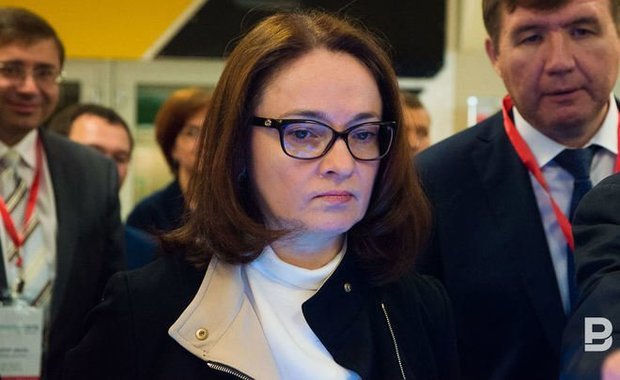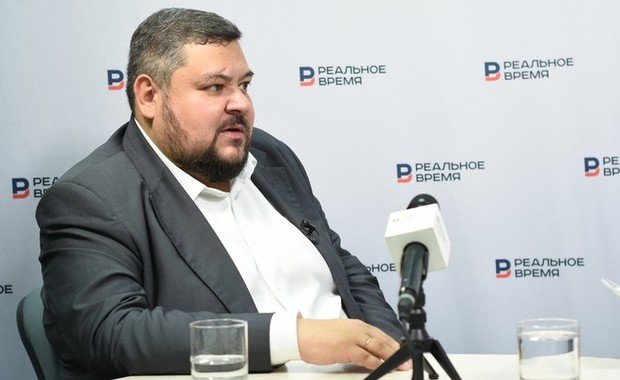''Many today consider Russia to be a toxic market''
April sanctions have scared foreigners off from Russian OFZs. The finance ministry's plan to attract 450 billion rubles in the second quarter fails
On June 20, the ministry of finance of the Russian Federation not very successfully held the penultimate auction in the second quarter on placement of bonds of the federal loan (OFZs). A week before the last auction, the quarterly plan of the ministry had not been fulfilled even by half. Experts state about a coolness in the OFZ market. The April sanctions hasve scared foreign investors off, the interest of speculators is also decreasing. The government's plans to increase taxes did not benefit either. Read more details in the material of Realnoe Vremya.
Half of the plan
During the second quarter, the Ministry of Finance of Russia hoped to attract 450 billion rubles through OFZs, but it is already clear that this will not happen. There is only one auction scheduled for June 27 until the end of the quarter. At previous sixteen auctions, which were held from April 4 to June 20, the total amount of placement amounted to 197,6 billion rubles — that is, less than 44% of the plan.
In addition, the Ministry of Finance held fewer auctions for three months than it was going to — it had to abandon the placements scheduled for April 11, ''due to increased volatility in financial markets'' (a few days before the US announced a new round of sanctions against Russia, which led to a collapse of stock indexes).
The auction on June 20 can hardly be called the most successful: during the auction, it was planned to place state securities at 10 billion rubles, but the actual volume of placement amounted to 7,2 billion (average yield — 7,32% per annum). This indirectly indicates a decrease in demand for OFZs, says president of Finam GC Vladislav Kochetkov.

Russian federal loan bonds, as noted by the experts, had a good ratio of return to risk and, therefore, enjoyed great popularity — including among foreigners. At previous auctions, the demand for these securities, as a rule, exceeded the supply. So, on June 13, when placing OFZs tied to inflation, the supply amounted to 10 billion rubles with demand at 18 billion. On June 6, the ratio of supply and demand for securities with constant coupon profit amounted to 15 billion to 31,1 billion. During one of the placements on May 30, the demand also exceeded the supply more than twofold.
However, new anti-Russian sanctions are gradually leading to an outflow of foreign investors: Central Bank Head Elvira Nabiullina has recently stated that the share of non-residents in the OFZ market decreased from 34,5% in April to 30% in June. There is an opinion that this may become a problem, as in the conditions of falling demand the Ministry of Finance will have to raise money on less favourable conditions for the state.
Sanctions, ruble, taxes
According to Kochetkov, a coolness in the OFZ market is reasoned by two factors. First, a week ago the Fed raised the base rate and may raise it again. The Russian Central Bank last Friday decided to postpone a reduction of the key rate; even a small convergence of rates in the US and Russia reduces the potential of OFZ profitability for foreigners.
''Second, despite the fact that the April sanctions were not so noticeable, they played a role. Many conservative investors now consider Russia to be a toxic market to some extent and reduce investments,'' Kochetkov continues.

The demand for OFZs has been actually declining in recent years, notes portfolio manager for bonds at General Invest Aleksey Gubin. An evidence of this is a recent correction of state securities and a modest volume of supply at the auction on June 20. ''Given the current exchange rate of the national currency and analysts' forecasts, it is not attractive to play carry trade. Also, investors are concerned a little about the geopolitical situation in the country, the continuation of sanctions by the West, inflation. In addition, concerns about hard actions of the Central Bank,'' Gubin listed.
As for demand, the release of ten-year OFZs has rebounded by 1,5 percentage points, and the yield on the issuance of the 26212 series reached 7,85%, which indicates an interest in a cheaper class of assets. ''This once again proves that as soon as there is a sharp drawdown in the local market, investors try to take advantage of the opportunity as quickly as possible and to ''pick up'' quality assets with more attractive returns,'' Gubin added.
No, and it is not necessary
''The process of reducing the share of non-residents began in April and is likely to continue in May and June,'' says leading analyst for Otkritie Broker Andrey Kochetkov. ''In addition, investors have growing fears that a weakening of the ruble and other trends such as VAT increase will lead to an inflation acceleration. This means that the positive yield of OFZs will be significantly reduced. Moreover, there may be conditions when the CBR will be forced to raise the [key] rate.'' As a result, the demand for the Russian state debt remains quite high, but investors want a higher yield than the Ministry of Finance offers.''
However, the fact that the Ministry of Finance will not be able to attract all money will not be a problem, says Kochetkov. The volume of placement fell not only because of the departure of foreigners, but also because the federal budget has become less in need of borrowings. In January-May, it was executed with a surplus, and there is no direct need for placements now — except for the repayment of previous bond issues.
It is unlikely so far that borrowings for Russia will rise in price significantly, Vladislav Kochetkov believes. The demand for OFZs is also within the country, and it is possible to stimulate interest from the state banks and the population — this resource has not been fully used.